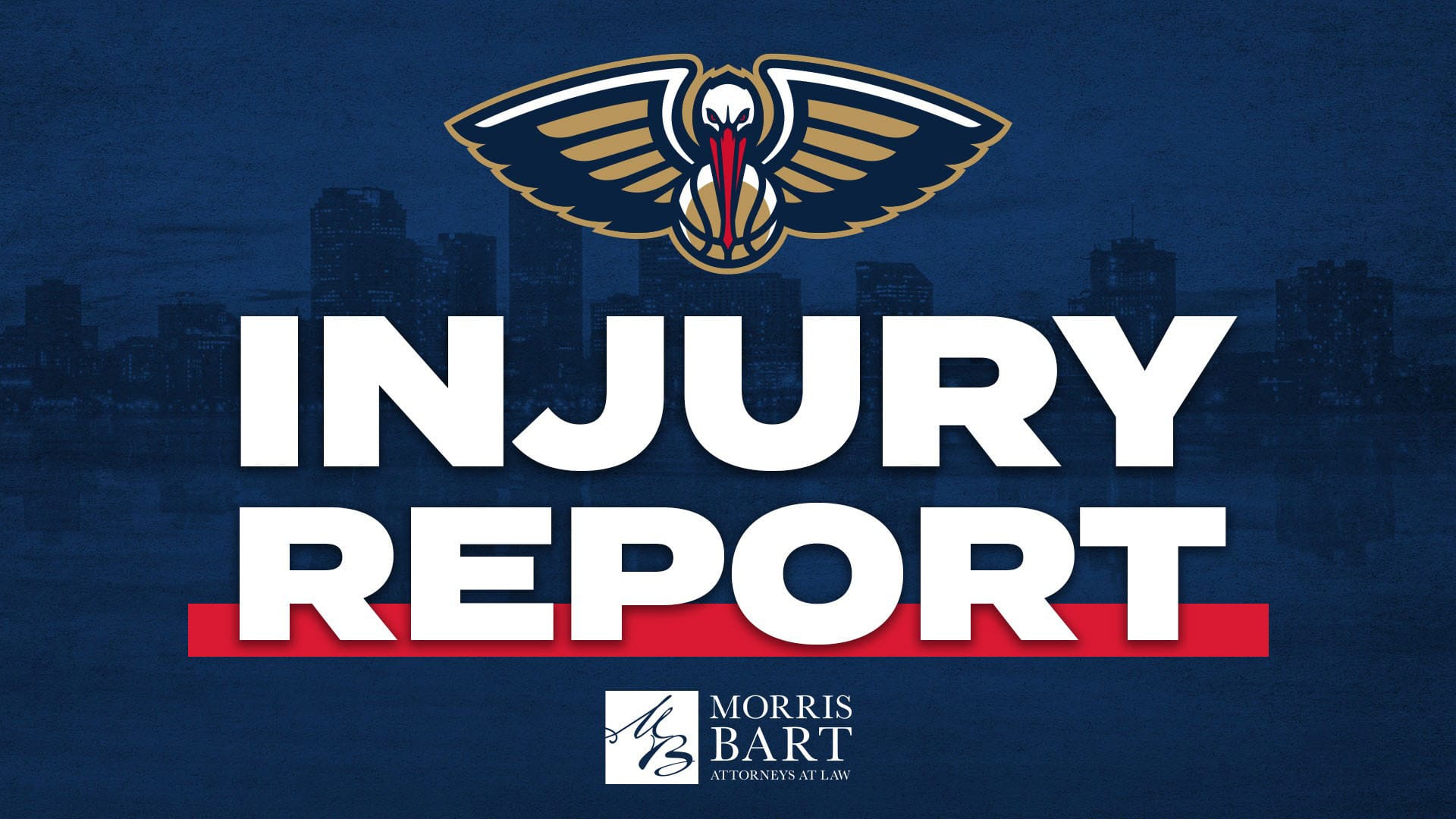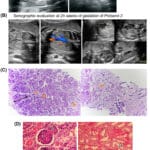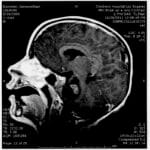Honoring a Life of Service and Sacrifice
Cody Sargent, a 38-year-old from Loveland, Colorado, dedicated his life to hard work in the oil fields. A seemingly routine ER visit for persistent headaches on Halloween 2023 uncovered a devastating truth: a rapidly progressing brain tumor. Just days later, on November 1st, Cody tragically passed away. Yet, in the face of immense adversity, Cody’s spirit shone through. His decision to become an organ donor transformed his passing into a beacon of hope, saving five lives and inspiring countless others. Join us as we explore Cody’s life, his courageous battle, and the extraordinary legacy he leaves behind.
The Diagnosis and a Difficult Decision
Five weeks prior to his ER visit, Cody began experiencing headaches. While concerning, they likely seemed like a common ailment. However, the STAT CT scan on Halloween revealed the grim reality – a brain tumor, described as “the size of a tennis ball,” accompanied by a brain bleed. This sudden diagnosis underscores the unpredictable nature of life and the importance of cherishing each moment. Facing a terminal illness, Cody made the profound choice to become an organ donor, transforming personal tragedy into a life-saving opportunity for others. This decision speaks volumes about his character and compassion.
A Final Act of Generosity: The Honor Walk
On November 1st, 2023, at 1:30 PM, doctors declared Cody brain dead. Though his time had come, he remained on life support to facilitate the organ donation process. What followed was a deeply moving tribute to his final gift – the “honor walk.” Healthcare workers lined the hospital hallways, paying their respects as Cody was taken to the operating room. A video of this poignant ceremony went viral on TikTok and Facebook, touching millions and raising awareness about the power of organ donation. This powerful visual testament to Cody’s decision likely prompted many to consider organ donation themselves, demonstrating the ripple effect of a single act of kindness. You can learn more about the process and importance of organ donation here.
Remembering Cody: A Community United in Grief and Gratitude
News of Cody’s passing and his selfless act reverberated throughout his community and beyond. Posts on social media, like Kristin Clark’s heartfelt message on November 7th, 2023 ( include verbatim quotes if available ), further amplified his story. The outpouring of love and support is a testament to the impact Cody had on those around him. His story resonated deeply, inspiring others to register as organ donors and magnifying the positive impact of his choice. This community impact underscores the power of individual stories to inspire collective action.
A Legacy of Hope and Healing
Cody’s organ donation saved five lives, underscoring the profound impact one person can have. While we mourn his loss, we also celebrate his life and the remarkable legacy he leaves behind. His unwavering spirit, selfless sacrifice, and dedication to others serve as a powerful example. Cody reminds us that even in the face of immense challenges, the human spirit can endure, and that even in death, we have the power to give the gift of life. Learn more about how you can become an organ donor and give the gift of life. Cody’s story also highlights the critical need for organ donors. Many people are currently waiting for transplants, and sadly, some may not survive the wait. Through organ donation, lives can be extended and vastly improved. The relief from suffering that a transplant can provide is immeasurable, both for the recipient and their families.
Glioblastoma: Understanding This Aggressive Brain Tumor
What is Glioblastoma?
Glioblastoma (GBM) is the most common and aggressive primary brain tumor in adults. “Primary” suggests the tumor originates in the brain, not spreading from elsewhere. GBM develops from astrocytes, star-shaped cells that support brain function. Because of its origin and aggressive nature, it’s classified as a grade 4 astrocytoma. This grading system, from 1 to 4, indicates how quickly the tumor cells are likely to grow and spread. Grade 4 signifies rapid growth. If you’re concerned about other pregnancy complications, you can learn more here.
Causes and Symptoms
While the precise causes of GBM remain largely unknown, some potential risk factors are under investigation. Symptoms often appear suddenly and worsen rapidly due to pressure and swelling within the brain. These may include persistent headaches, seizures, nausea, vomiting, cognitive changes (difficulty concentrating or remembering), vision changes, and weakness or numbness, typically on one side of the body. The specific location of the tumor within the brain can influence the symptoms experienced.
Diagnosis and Treatment
Diagnosing GBM typically involves neurological exams, imaging scans (MRI, CT), and a biopsy for tissue analysis. Molecular profiling of the tumor is becoming increasingly important to guide treatment strategies. The standard treatment approach usually involves surgery to remove as much of the tumor as safely possible, followed by radiation therapy and chemotherapy. Emerging treatments like targeted therapy and immunotherapy offer potential avenues for improvement and are areas of active research. However, the blood-brain barrier, a protective mechanism that limits the passage of substances into the brain, presents a significant challenge for drug delivery. Another hurdle is tumor heterogeneity, meaning the tumor contains diverse cell types with varying characteristics, making it difficult to find a single effective treatment.
Prognosis and Ongoing Research
GBM carries a challenging prognosis, with an average survival time of 12-15 months. However, individual outcomes can vary considerably based on factors like age, extent of surgical removal, the tumor’s genetic makeup, and overall health. Despite the difficulties, ongoing research offers hope. Scientists are tirelessly working to develop new treatments, refine existing ones, and deepen their understanding of GBM’s complex biology. Early detection is crucial. If you experience unusual neurological symptoms, seek medical attention promptly. Raising awareness, supporting research, and advocating for improved patient care are vital in the fight against this devastating disease.
- Unlock Elemental 2 Secrets: Actionable Insights Now - April 2, 2025
- Lot’s Wife’s Name: Unveiling the Mystery of Sodom’s Fall - April 2, 2025
- Photocell Sensors: A Complete Guide for Selection and Implementation - April 2, 2025

















1 thought on “Air Force Veteran Cody Sargent Loses Battle with Brain Tumor, Leaves Legacy of Life Through Organ Donation”
Comments are closed.